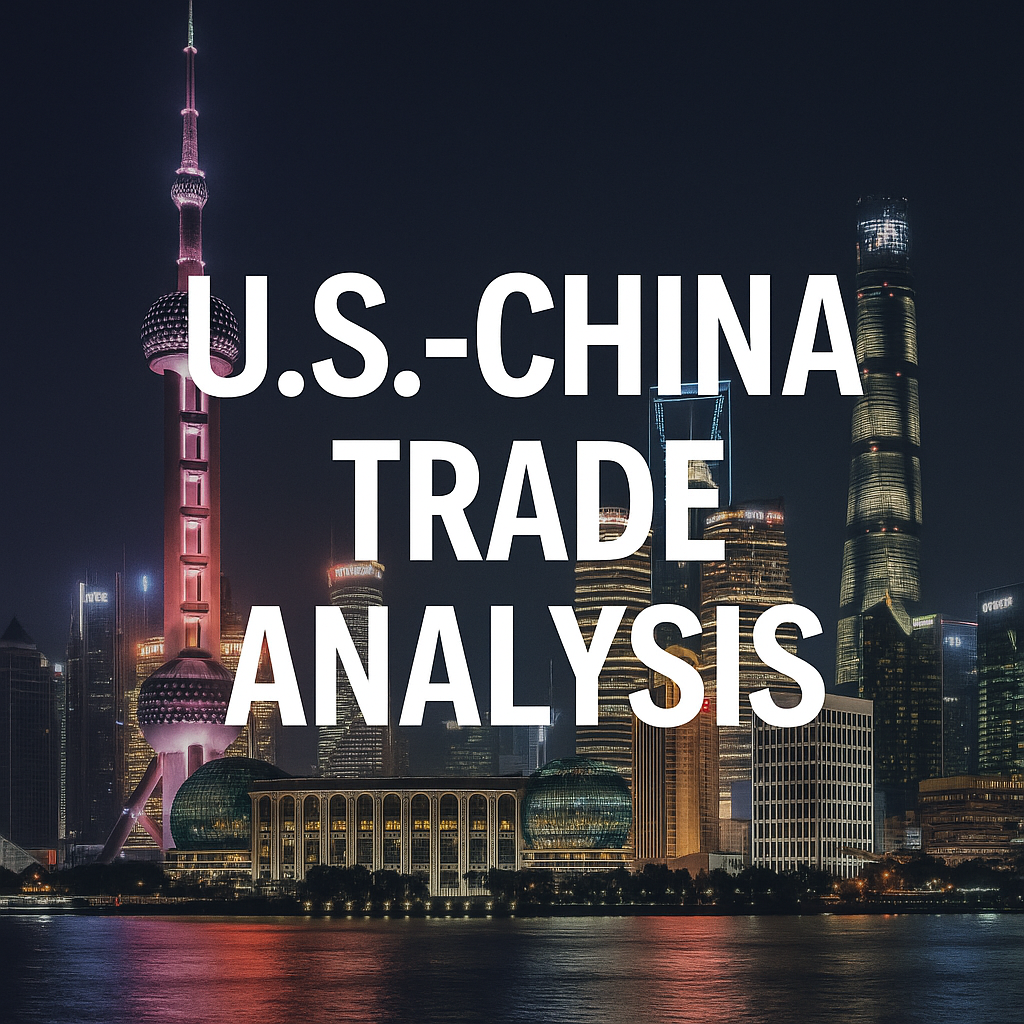1. U.S.–China Trade Truce: Where Things Stand
- Stockholm Talks & August Deadline: Treasury Secretary Scott Bessent and Vice Premier He Lifeng resumed negotiations in Stockholm, aiming to extend the fragile tariff truce before the August 12 expiration. Without agreement, duties over 100% could return on high-priority goods.
- Stalled Specifics: No clear statements were made on export controls or technology transfers. Ongoing issues include market access and semiconductor tech restrictions.
2. AI Chips & Rare-Earth Leverage
- Nvidia H20 Resumes Exports: U.S. reversed restrictions on AI chip exports, enabling Nvidia to ship H20 units. Seen as a gesture of goodwill in trade diplomacy.
- China’s Rare-Earth Bargaining Chip: While easing some restrictions, China still controls the global supply and uses it strategically in trade talks.
3. Washington’s Policy Approach
- Tariff Strategy: The U.S. maintains a 10% blanket import duty and targeted tariffs on Chinese goods. IEEPA powers and executive orders remain in force.
- Bipartisan Pressure: Legislation from both parties addresses human rights, Taiwan, and AI export security, showing that trade is just one piece of a broader geopolitical strategy.
4. China’s Economic Challenge
- Manufacturing Overcapacity: China continues to face excess capacity in steel, EVs, and solar. Domestic consumption is weak, and rebalancing efforts remain slow.
- Call for Dialogue: Commerce Minister Wang Wentao emphasized cooperation, stating that a full decoupling is unrealistic and damaging to global growth.
5. Business Implications and Market Responses
- Currency & Logistics Volatility: USD/CNH rates fluctuate as companies like Shein and Temu shift warehousing strategies to offset de minimis losses.
- Investor Uncertainty: GM, RTX, and large logistics firms issued warnings on potential tariff shock if no deal is reached by mid-August.
6. Deep-Dive Issues
Tech Decoupling
- Semiconductor trade is now highly politicized. The battle over who controls next-gen chip supply chains (design, foundry, packaging) continues to grow.
Supply Chain Restructuring
- Multinational manufacturers are increasing supplier redundancy, especially in Southeast Asia.
Global Trade Blocs
- U.S. seeks deals with Japan, Indonesia, and ASEAN to counter China’s trade dominance. China counters by forming soft alliances in Asia and Africa.
7. Strategic Outlook by Sector
| Sector | What to Watch |
| Tech & AI | Export licenses, chip restrictions, and U.S. blacklists |
| E-commerce | Tariff exemptions, warehouse relocation trends |
| Manufacturing | Input cost shifts, regional tariffs, and sourcing bottlenecks |
| Policy Makers | Tariff renewals, WTO dispute filings, regulatory retaliation |
Final Analysis
Despite positive signals, the U.S.–China trade relationship remains precarious. The August deadline will test each side’s willingness to compromise. Structural decoupling continues in key sectors like AI, electronics, and clean tech. Businesses should prepare for volatility and treat pricing, procurement, and logistics as strategic levers—not just operational tasks.


